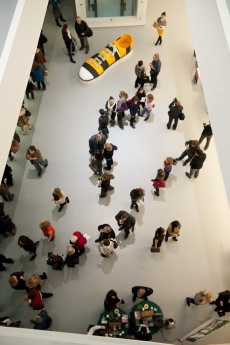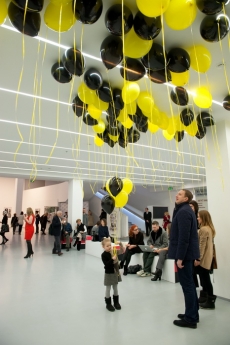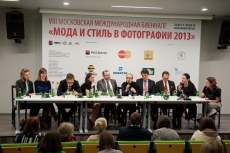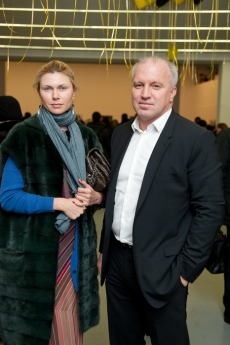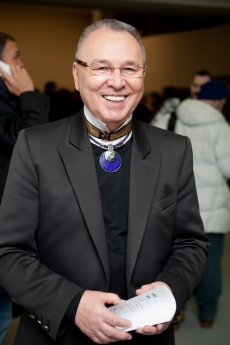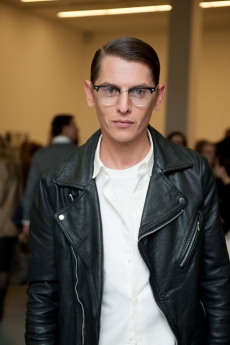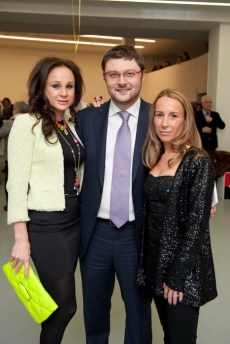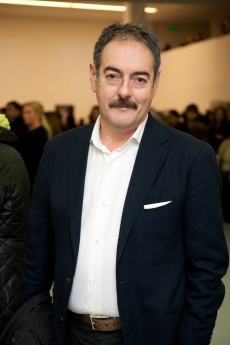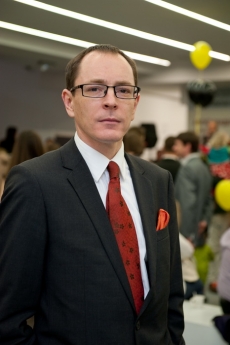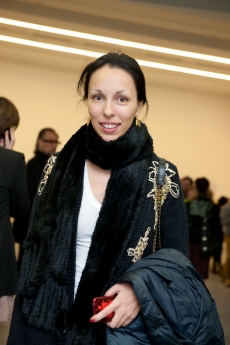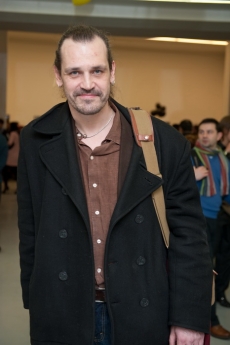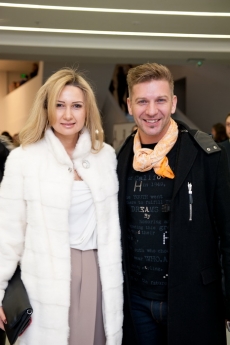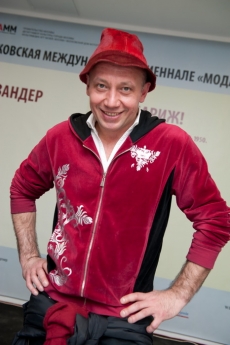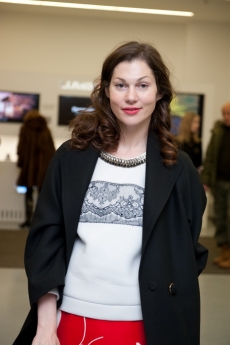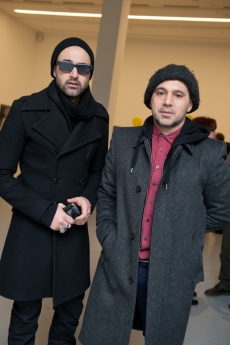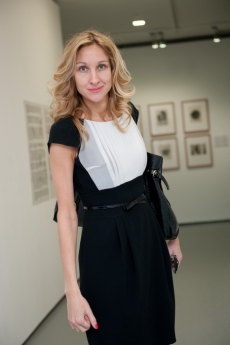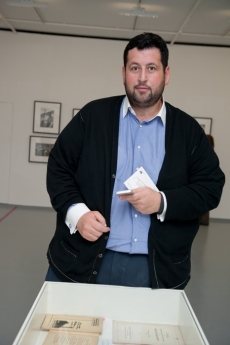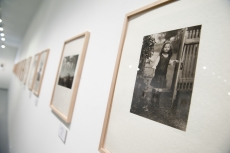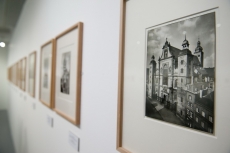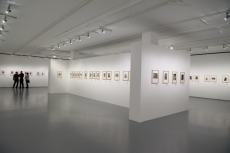Portrait. Landscape. Architecture
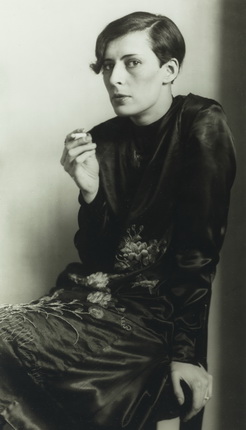
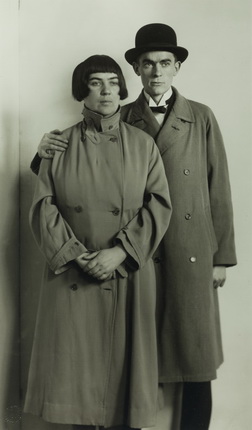
![August Sander.
Painter [Gottfried Brockmann], 1924.
Printed by Gunther Sander in 1980.
© Die Photographische Sammlung/SK Stiftung Kultur – August Sander Archiv, Cologne; RAO, Moscow, 2013.
/ Сourtesy Galerie Priska Pasquer Cologne](/upload/iblock/0dc/0dcfe46ee054055a974e396710b6569a.jpg)
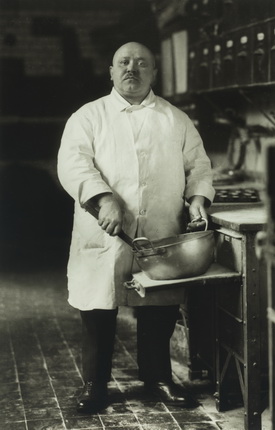
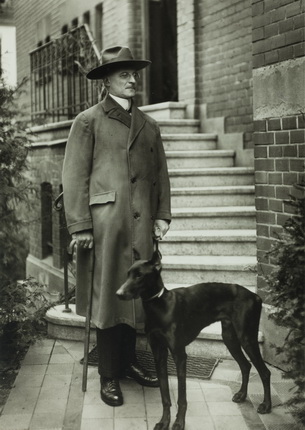



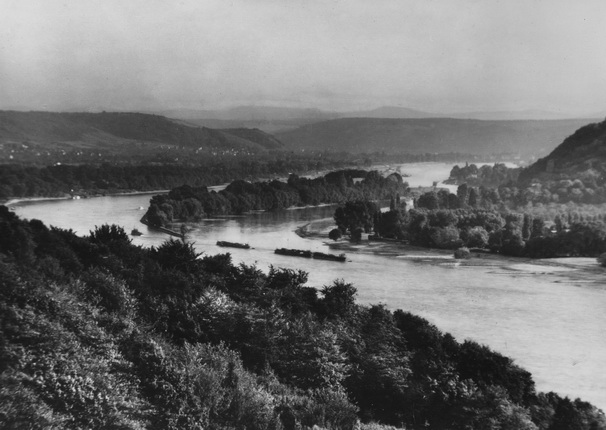
August Sander. Secretary at West German Radio in Cologne, 1931. Printed by Gunther Sander in 1979. © Die Photographische Sammlung/SK Stiftung Kultur – August Sander Archiv, Cologne; RAO, Moscow, 2013. / Сourtesy Galerie Priska Pasquer Cologne
August Sander. The Painter Anton Räderscheidt and his Wife Marta Hegemann, ca. 1925. Printed by Gunther Sander in 1974. © Die Photographische Sammlung/SK Stiftung Kultur – August Sander Archiv, Cologne; RAO, Moscow, 2013. / Сourtesy Galerie Priska Pasquer Cologne
August Sander. Painter [Gottfried Brockmann], 1924. Printed by Gunther Sander in 1980. © Die Photographische Sammlung/SK Stiftung Kultur – August Sander Archiv, Cologne; RAO, Moscow, 2013. / Сourtesy Galerie Priska Pasquer Cologne
August Sander. Pastrycook, 1928. Printed by Gunther Sander in 1979. © Die Photographische Sammlung/SK Stiftung Kultur – August Sander Archiv, Cologne; RAO, Moscow, 2013. / Сourtesy Galerie Priska Pasquer Cologne
August Sander. The Notary, 1924. Printed by Gunther Sander in 1980. © Die Photographische Sammlung/SK Stiftung Kultur – August Sander Archiv, Cologne; RAO, Moscow, 2013. / Сourtesy Galerie Priska Pasquer Cologne
August Sander. Raoul Hausmann as Dancer, 1929. Printed by Gunther Sander in 1974. © Die Photographische Sammlung/SK Stiftung Kultur – August Sander Archiv, Cologne; RAO, Moscow, 2013. / Сourtesy Galerie Priska Pasquer Cologne
August Sander. Circus Workers, 1926-1932. Printed by Gunther Sander in 1982. © Die Photographische Sammlung/SK Stiftung Kultur – August Sander Archiv, Cologne; RAO, Moscow, 2013. / Сourtesy Galerie Priska Pasquer Cologne
August Sander. Flower, 1930. © Die Photographische Sammlung/SK Stiftung Kultur – August Sander Archiv, Cologne; RAO, Moscow, 2013. / Сourtesy Galerie Priska Pasquer Cologne
August Sander. View on the Island Nonnenwerth, 1930. © Die Photographische Sammlung/SK Stiftung Kultur – August Sander Archiv, Cologne; RAO, Moscow, 2013. / Сourtesy Galerie Priska Pasquer Cologne
Moscow, 21.02.2013—19.05.2013
exhibition is over
Share with friends
August Sander is an outstanding 20th-century photographer who influenced several generations of photographers and artists, an undisputed beacon of creativity for many of his successors.
For the press
‘Photography is by nature a documentary art,’ Sander declared in 1931 during one of his radio lectures, voicing the artistic credo to which he remained faithful all his life. Sander owes his fame and status as a master of photography to the vast series of portraits begun at the very outset of his career. The German photographer’s portraits are full-face and typically quite uncompromising shots with carefully considered composition, where nothing is intended for effect or spectacle. Sander was able to capture the individuality and character traits of his subjects, while openly demonstrating that they belonged to a specific social group. Consequently his photographs are a representative slice of interwar German society and also a fascinating historical document, rather than merely a collection of portraits.
In the early 1920s August Sander spent much of his time with the artists of the German avant-garde and in particular Otto Dix, who became one of his closest friends. The money earned from commercial commissions allowed Sander to work in his spare time on a grandiose documentary project entitled ‘People of the 20th Century’, aimed at compiling a typology of contemporary Germans and devising a social portrait of his epoch. Subjects for these images were selected from his acquaintances and customers.
Since Sander could not conceive of humanity separately from the environment, he conducted an active study of fauna and worked on a topographical description of German territories in parallel to the portrait photography. In 1933 the photographer began producing thematic albums dedicated to various regions in Germany, including the Rhine valley. Although August Sander never achieved widespread recognition as a topographer, he can rightly be considered the forerunner of modern landscape and architectural photography.
Sander’s creative style, his methodical approach, objectivity and specific method of working on photographic series greatly influenced luminaries such as Walker Evans, Irving Penn, Diane Arbus, Robert Frank, Bernd and Hilla Becher, Thomas Ruff, Thomas Struth and Andreas Gursky.
This exhibition was conceived by the photographer’s grandson Gerd Sander whose work is continued now by Julian Sander, the great grandson of August Sander. The exhibition is organised in collaboration with the Galerie Priska Pasquer (Cologne) and the Théâtre de la Photographie et de l’Image Charles Nègre (Nice) and curated by Julian Sander.
When asked in November 1927 what prompted him to create ‘People of the 20th Century’, August Sander wrote: ‘Look, observe and think’. These three words were engraved on Gerd Sander’s heart from childhood, and like his father before him, he is devoted to preserving, describing and popularising his grandfather’s artistic legacy.
17 November 1876. In the small town of Herdorf, near Cologne, August Sander and his wife Justine, née Jung, have a son — also named August. August Sander senior works as a timberman in the mines. He is later registered disabled and obliged to retire. August junior grows up surrounded by his six siblings and attends the local school.
From 1920. Intensive exchange with the Cologne Progressives group of artists, above all with Franz Seiwert and Heinrich Hoerle. Gradually the concept for his series ‘People of the 20th Century’ matures. In 1927 Sander and the author Ludwig Mathar travel to Sardinia, where they work on a book about life on the island. In November of the same year the first exhibition of photographs from the series ‘People of the 20th Century’ is held at the Cologne Art Association. Several photographs are published two years later in the album ‘Face of Our Time’. In 1931 Sander broadcasts six lectures on the nature of photography and the future of photographic art for Westdeutscher Rundfunk radio station. In 1934 an informer reveals that Sander’s son Erich is a member of the banned German Socialist Workers Party and he is condemned to ten years’ imprisonment. ‘Face of Our Time’ is withdrawn from sale and the printing plates destroyed. From 1933 to 1935 the publishers Schwann (Düsseldorf) and Holzwarth (Bad Rothenfelde) publish six booklets, each portraying a region of Germany. They contain photographs by August Sander and a few shots by Erich Sander, taken at the family’s photographic studio. Most of the images belong to the genre of landscape and architectural photography. During these years Sander also produces many studies of plants and different parts of the body (for example, hands) and carries out numerous commissions for industry and advertising. After the outbreak of the Second World War August and Anna are obliged to leave Cologne. In 1942 they begin moving their possessions to the Westerwald village of Kuchhausen. Sander’s studio in Cologne is destroyed by bombing.
1957. Anna Sander dies in Kuchhausen on 27 May.
1964. August Sander dies in Cologne on 20 April.

